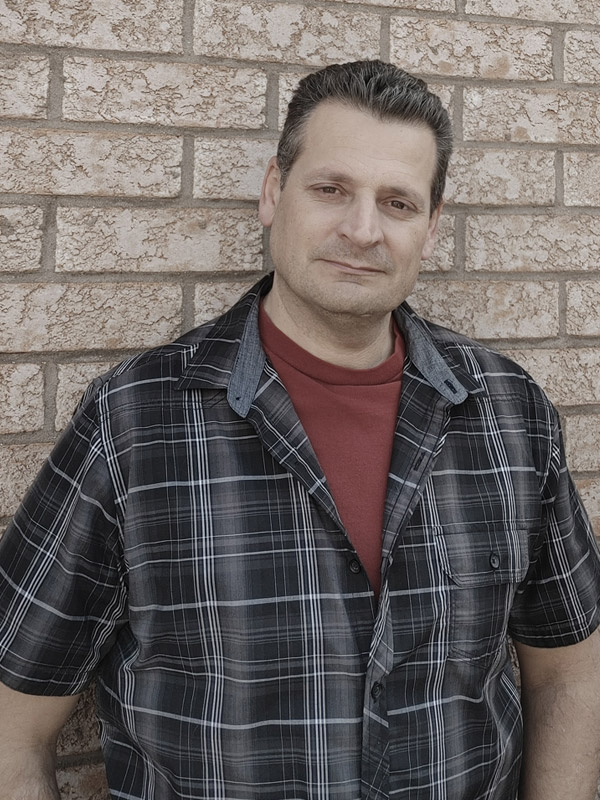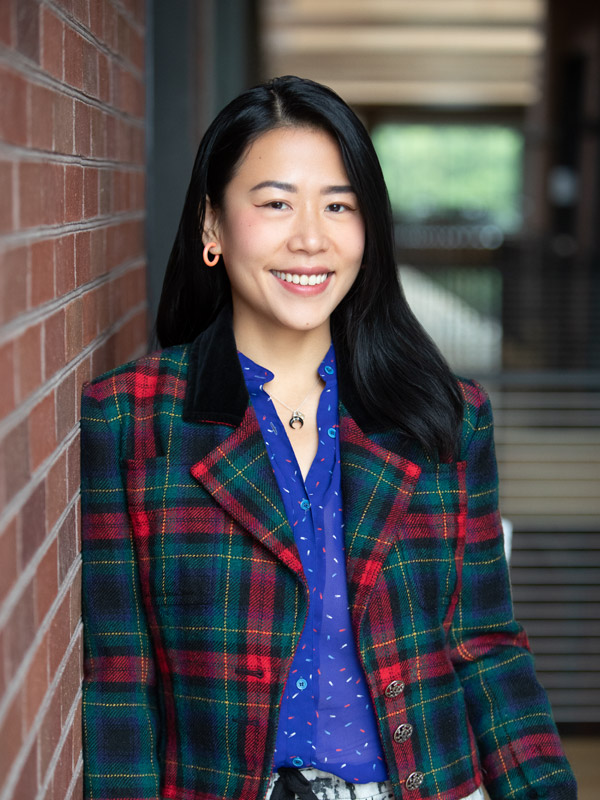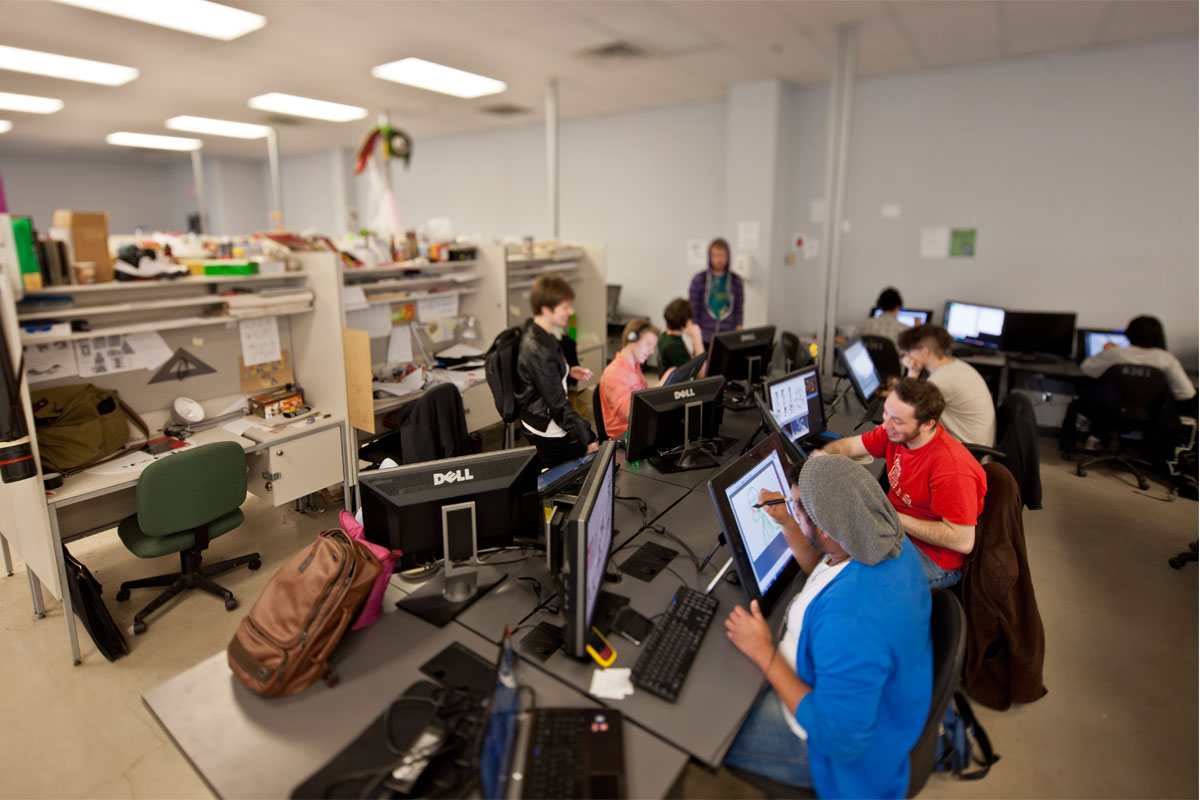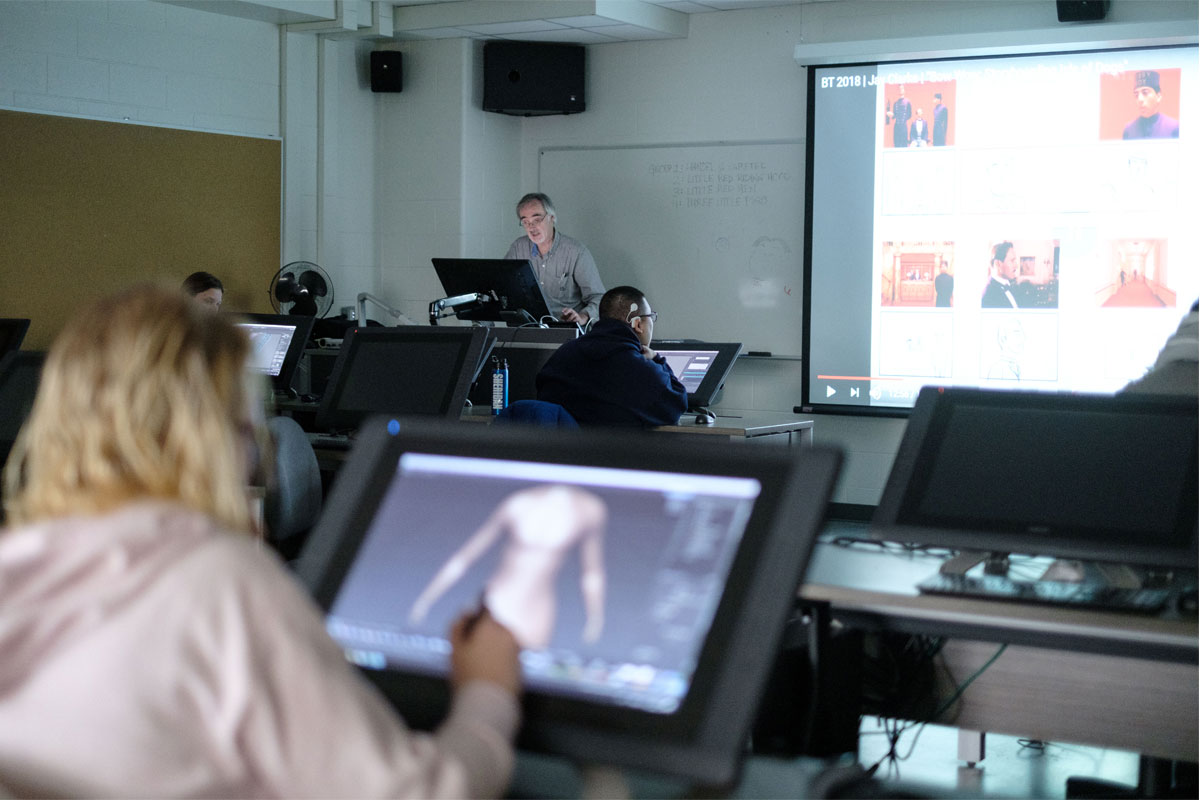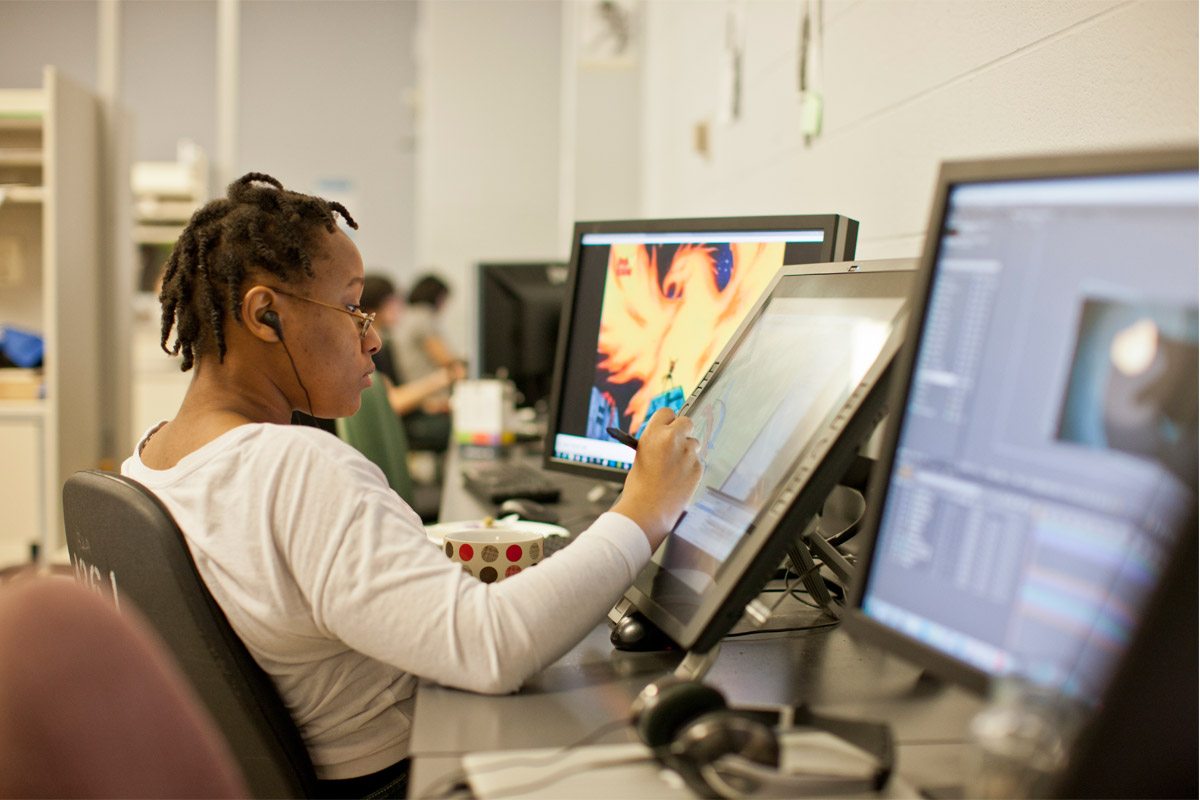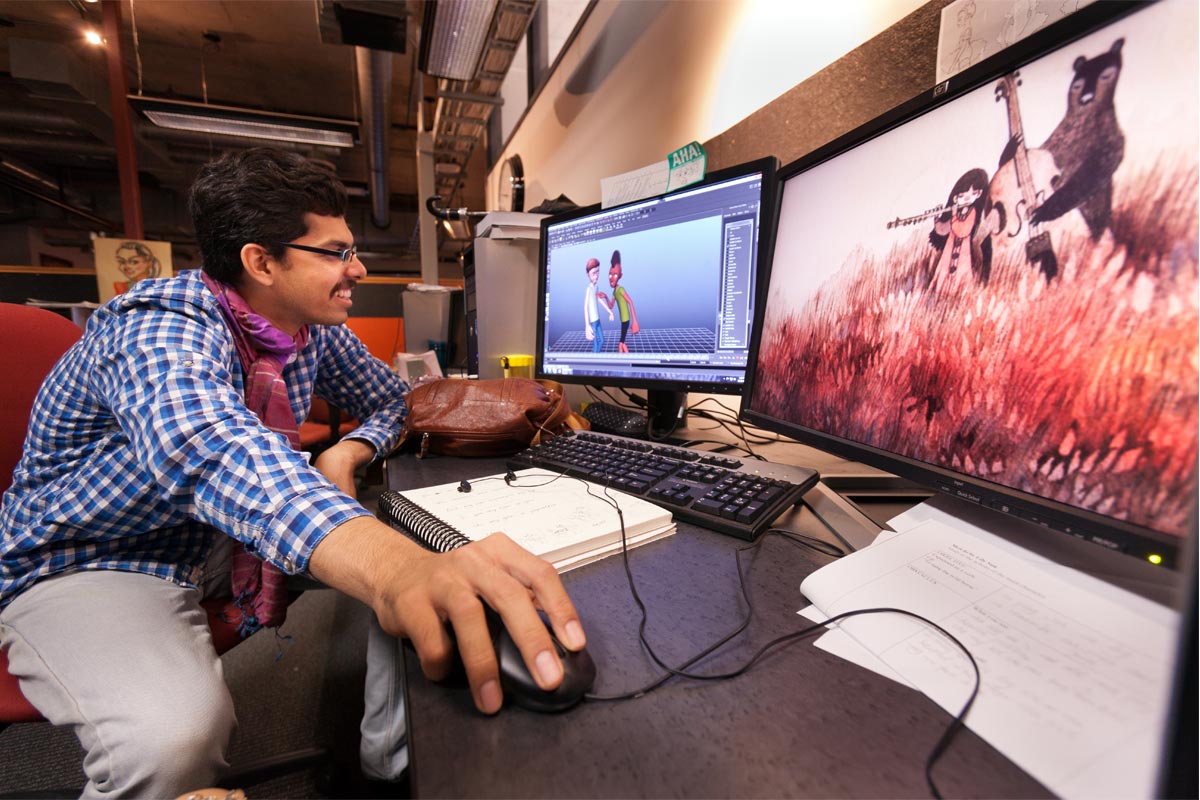
Sheridan College’s Faculty of Animation, Arts & Design (FAAD) is Canada’s largest art school. Recognized as one of the most famous and prestigious art schools in the global animation industry, Sheridan College has attracted young talents not only from Canada but also worldwide, and produces quality graduates every year.
There are five animation related programs in the college: Honours Bachelor of Animation, Honours Bachelor of Game Design, Computer Animation graduate certificate, Digital Creature Animation – Technical Direction graduate certificate, and the Visual Effects graduate certificate. The courses are taught at the Sheridan Centre for Animation and Emerging Technologies (SCAET) in a 100,000 square foot state-of-the-art teaching facility in Oakville, a town near Toronto.
We heard comprehensively about the Honours Bachelor of Animation program in Sheridan College, one of the most successful animation educations, from Mario Positano, the Program Coordinator and Professor of the degree programme.
We also heard from Domee Shi, one of Sheridan’s world-renowned graduates who wrote and directed Pixar’s latest animated feature film Turning Red, about her experiences at the prominent school.
Interview with Mario Positano
Hideki Nagaishi (HN): Could you please let us know the history of animation education at Sheridan College? Do you have any motto or philosophy on teaching animation?
Mario Positano: After fifty years of teaching animation, Sheridan understands that there are practices that change often, and there are other practices that stand the test of time. As an example – software is just a tool that is constantly changing. It is important to learn and teach software to keep our students relevant in the industry. But what is equally important, and does not change, is the artform of animation. The artform appears in the principles, the thought process, the illusion, the story. In short, Sheridan holds on tight to the artform, and we take a dynamic and agile approach to apply the foundational artform to the trends that emerge in the industry.
HN: To continue developing excellent animation artists, what parts of the school stands out?
Mario Positano: The animation industry is littered with different specialties, disciplines, and career paths. It is quite exciting. Our curriculum allows students to learn many disciplines within the animation industry. This helps our students to find their specialty. It will also help them communicate and troubleshoot with coworkers who perform in other disciplines of the same production.
Another area that has contributed to Sheridan’s success in teaching animation is focus on developing strong drawing skills. Our students are well-versed in life drawing, perspective drawing, character, to name a few. There is an obvious advantage to those skills for a career in animation (character design, background design, props, etc.) but they also serve a much deeper purpose, as you’ll see below.
HN: Could you please give us an overview of the curriculum of the Honours Bachelor of Animation program at your school?
Mario Positano: Sheridan’s Honours Bachelor of Animation program is divided into streams which follow the student through years one, two and three. Below, the answers are specific to the classes within each stream.
When animating, posing and weight are extremely important. Our Life Drawing stream provides the knowledge of how the body works from those two perspectives (posing and weight). Life drawing class also strengthens their drawing skills to demonstrate posing and weight. That is just a small (but important) list of the knowledge achieved by studying and practicing life drawing.
I teach in the Digital Stream. In their first year, students start to learn software, concepts, and digital tools that are used in the industry. As mentioned we use the latest software found in industry animation studios, but we also emphasize why the process is important. This way, students can apply the same process to other software. Some of the processes that they learn in first year is 2D drawn animation, 2D rigged animation, editing and compositing.
In year two, the digital stream exposes learners to 3D animation and 2D rigged animation. As they progress through their years of study, our students may select areas to further specialize in (they may focus more on 2D rigged animation, 3D rigged animation, or design). This is where students learn and practice the time-tested principles of animation.
Again, the artform of animation is most important, so students may select which medium they perform their animation in. Regardless of the medium they choose, the animation is graded on the application of the artform.
HN: How do you select the lecturers and mentors who come to teach at the course?
Mario Positano: We are very privileged to have so many talented alumni in the industry and they are always willing to share their time and experience with us. It is a pleasure when they return to Sheridan to help guide the next generation of animation artists.
When we see a new trend or an industry need that arises, we often reach out to alumni who are experienced in these areas. They are always happy to guide and inform our learners. Both our students and alumni inspire me every day.
HN: How many international students are in your course? What are the benefits of studying at your school for international students?
Mario Positano: Sheridan’s animation program draws from a pool of highly-talented applicants from Canada and around the world, who help uphold our rigorous standards and commitment to academic excellence. For the 2021-2022 academic year, 22% of the students in the Honours Bachelor of Animation program were international.
From our experience, we know that international students are particularly drawn to the high quality of Sheridan’s programs, including world-renowned creative programs like Animation. We also offer a strong system of support services for international students, including helping them adapt to a new language and culture. International students also benefit from our world-class facilities and a supportive learning environment that embraces the lived experiences and perspectives of learners from around the world.
HN: Do you have any collaborative programs with any other international art schools? If so, could you please let us know the aim and program structure of them?
Mario Positano: Sheridan is proud to offer an agreement with the Dun Laoghaire Institute of Art and Design (IADT), near Dublin, Ireland—the first of its kind in Ontario.
Sheridan graduates who hold a post-grad certificate in Computer Animation or Digital Creature Animation from 2009 or later can apply to IADT and earn their master’s degree in a 15-week study abroad program.
Eligible students who have their post-graduate certificate must also complete a 7-week (42-hour) research methodologies course at Sheridan — and successfully complete the application process before they can study at IADT (You can find more information here).
HN: What do you look for in prospective students during the selection process? What characteristics or skills do you want your prospective students to have when they apply?
Mario Positano: Primarily, we want applicants who have good drawing skills. Sheridan’s Honours Bachelor of Animation Program has a lot of drawing courses: Layout, Character Design, Life drawing, Animation and more. To be successful in our program, an applicant requires a certain level of drawing skill. We want to build on that skill.
Animation is a lot of work, so we also look for applicants who have tried their hand at their own animation — even if it is small and simple – so they come to Sheridan with an understanding of how much work is involved in this artform.
HN: What is your vision of the career that prospective students can expect by learning at your school?
Mario Positano: The animation industry has so many different professions. I envision students trying the various specialties and finding one that speaks to them. They may find that they are good at it, or they may find that they are not yet good at it but enjoy it nonetheless. This enjoyment will drive them to learn, practice and evolve that skill. When they graduate, students typically enter the industry and work their way in to their desired specialty – unless they land that specialty right out of school, which is also great!
Interview with Domee Shi
HN: In terms of your career development so far, were there any experiences at Sheridan College that has helped or were advantageous to developing your career?
Domee Shi: The environment was the best thing about Sheridan. Hanging out and working with my classmates in the labs, pulling all-nighters together, going to life drawing together, sharing favourite artists/tv shows/movies. Making a 4th year film was also an amazing experience for me because it taught me just how hard filmmaking is, how to take some notes and ignore others, time management, and having enough confidence in your voice to commit to an idea.
HN: Looking back on your creative and directing work on Turning Red, if you found any part of your education at Sheridan College useful, what were they?
Domee Shi: I remember 3rd year group films being a nightmare but looking back I’m grateful for the experience. I learned that year how to work collaboratively in a group, how to communicate better, and how to manage stress levels. All this came back to me when I was tasked with directing Turning Red!




